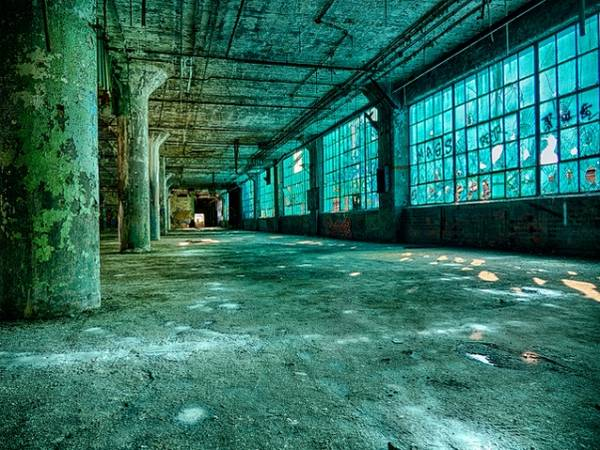Occupational Radiation Risks in the Metallurgical and Gas Industries
- milarepa Delasag
- 15 sept.
- 2 min de lecture

Radioactivity is not limited to the nuclear sector. Certain metallurgical and natural gas operations can expose workers and surrounding communities to naturally occurring radioactive material (NORM) and technologically enhanced NORM (TENORM). These exposures arise from the concentration of naturally present radionuclides such as uranium-238, thorium-232, and their decay products (notably radium-226 and radon-222) during industrial processes.
Sources of Exposure
Metallurgical Processes
Steel and Non-ferrous Smelting: Ores containing trace amounts of uranium or thorium can concentrate radionuclides in slags and dusts during refining and high-temperature operations.
Zirconium, Titanium, and Rare-Earth Processing: Heavy-mineral sands often contain elevated levels of uranium and thorium, which can become airborne during crushing, grinding, or thermal treatment.
Oil and Gas Production
Scale and Sludge Formation: Radium from deep formations can precipitate as sulfate or carbonate scales inside pipes and separators. These deposits may emit gamma radiation and can be a significant source of occupational exposure during maintenance or decommissioning.
Radon Gas: Radon released from reservoirs can accumulate in natural gas streams and processing equipment, creating inhalation risks if ventilation is inadequate.
Health Effects
Inhalation of Radon and Progeny: Prolonged exposure increases the risk of lung cancer, especially among smokers.
External Gamma Irradiation: Radium-bearing scales and dusts can deliver chronic low-dose radiation to workers’ skin and whole body.
Internal Contamination: Ingestion or inhalation of fine dusts containing uranium, thorium, or radium may lead to accumulation in bone tissue and potential bone sarcomas or other malignancies.
Risk Factors and Synergies
Poor ventilation, confined spaces, and high-temperature operations enhance airborne radioactivity.
Co-exposures to metallic fumes, silica, and chemical solvents may exacerbate the carcinogenic potential of radiation.
Long maintenance intervals allow radium-rich scales to build up, increasing both radiation dose rates and the volume of radioactive waste.
Monitoring and Control
Radiological Surveys: Regular gamma dose-rate measurements and radon monitoring in processing plants, pipelines, and smelters.
Dust and Scale Characterization: Laboratory analysis for radium, uranium, and thorium to guide protective measures and waste classification.
Engineering Controls: Ventilation systems, sealed handling of scale and sludge, and automated cleaning to reduce manual exposure.
Worker Protection: Training in radiation safety, use of appropriate respiratory protection, and adherence to occupational dose limits as defined by international guidelines (e.g., ICRP, IAEA Basic Safety Standards).
Conclusion
While not traditionally associated with radiation hazards, the metallurgical and gas industries can create environments where naturally occurring radioactivity becomes concentrated and poses tangible health risks. Systematic monitoring, regulatory compliance, and engineering controls are essential to minimize occupational exposure and protect both workers and the surrounding environment.



Commentaires